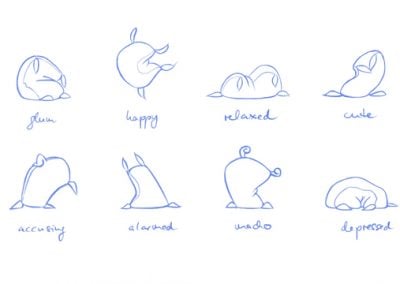2D Animation for Beginners
Learn traditional animation using modern tools in this 6-week workshop
Rough 2D Animation Test by Jay Jackson
Traditional 2D Animation Concepts with a Modern Twist
There’s something magical about the art of traditional animation. It’s inspiring to see a rough drawing transform into a living, breathing character. The hands-on feeling of crafting motion, emotion, and believability from just a few drawings is a powerful experience.
In 2D Animation for Beginners, we’ll explore the roots of traditional animation using modern, digital tools used within the studio environment today. We’ll begin with the principles of animation to ensure students have a solid foundation, and then move on to more physical explorations of movement and emotion.
Flour Sack Example Using Digital Tools by Jay Jackson
6-WEEK WORKSHOP
$899 USD
Pro Animators Mentor You to Be Successful
This workshop allows you to learn, practice, and get 1:1 feedback and reviews from our mentors. Through in-class examples and homework assignments, they’ll present 2D workflows and techniques that are useful to every animator.
You will have the chance to learn from our mentors in live conversations as they share insights about what studios are working on and what qualities they look for in an animator. Our mentors will work directly with you to grow and improve your skills, whether you’re interested in studying classic animation techniques, telling your own story, or enhancing your 2D character animation experience.

T. Dan Hofstedt
Animation Supervisor
T. Dan Hofstedt’s resume reads like an all-time great list of animated classics. Seven years at Sullivan-Bluth, sixteen years at Disney, nine years at Warner Bros and four at Sony Imageworks, T. Dan’s career has spanned decades where he has worked on both 2D and 3D projects. His foundation is the classic “actor with a pencil” (or a computer), where no matter what the medium is, the emphasis is on character.
You can see his work on 2D animated Disney classics such as Aladdin, The Lion King, Tarzan, and Mulan, as well as TV classics such as the Animaniacs, and the Smurfs.
*All times are in Pacific Time.
2D Animation Student Gallery
What You’ll Learn in 2D Animation for Beginners
Week 1
Fundamentals of 2D Animation
2D animation can be an incredibly expressive and dynamic form of entertainment and artistic creation. It’s important to start with a strong foundation of the core principles and an understanding of how they relate to 2D animation. We’ll start things off by diving into the first set of key principles, including Squash and Stretch, Arcs, and Pose to Pose animation. You’ll get familiar with our digital tools and workflows using either Toon Boom Harmony or Rough Animator. You’ll start with a simple bouncing ball exercise to practice these techniques and tools.
Week 2
The Mechanics of Weight
Showing weight is always important in animation. It grounds your work so that it still feels believable to the viewer, even when exaggerated. We’ll explore how to ensure your animation has proper weight and which drawings are most critical to getting that idea and feeling across. Problem-solving is a constant part of the animation process and in this session you’ll explore some of the tools we can use to make your work stronger.
Week 3
Fundamental Concepts of Animation
Using the concepts, tools, and techniques from the previous two sessions, you’ll animate our Squirrels rig performing a bouncy jump.
Week 4
Drawing with Emotion
One of the things that really crystallizes when studying 2D animation is this: every drawing is critical. This concept carries over to 3D character animation as well, with posing being the equivalent. In this session we’ll explore the importance of showing emotion and clarity of ideas in a single drawing, and how that flows into an animated shot.
Week 5
Pose to Pose Animation
In this session we’ll focus on animating transitions and dive deeper into breakdowns and inbetweens. There’s so much more to think about than just getting from Point A to Point B, or from one storytelling drawing to another. Each transition drawing (inbetween) must serve a purpose and reflect all the animation principles at play. We’ll look at how to plan out these transitions and develop your workflow to keep things manageable.
Week 6
Review and Recap
You made it! In this final session we’ll continue our discussion of transitions, as well as other advanced techniques to be aware of, and will review the key principles and techniques used to effectively animate in 2D. We’ll go over the work you produced and note what’s working and where things need to be developed more so that you feel confident in using your new skills in future shots.
Course Requirements for 2D Animation for Beginners
Course Details
LIVE Q&As |Weekly 1-hour Q&As
ASSIGNMENTS | 5 Animation Exercises
SOFTWARE | Harmony by Toon Boom or Rough Animator (or equivalent digital animation software)
HARDWARE |Meet Minimum Requirements
AGE | 18 Years or Older
LANGUAGE | Taught in English
What You Need to Know
This workshop is not graded so that you are comfortable learning at your own pace, but we do ask that our students have a basic level of drawing ability.
The Skills You’ll Learn
2D Animation for Beginners is a great workshop for artists looking to bring characters to life through traditional animation, experienced 2D animators looking to translate their skills to a digital medium, and 3D character animators looking to strengthen their posing, timing, and framing skills. In this workshop you will:
- Learn how key animation principles like Squash and Stretch, Arcs, and Pose to Pose apply to 2D, so that your work is grounded in the fundamentals
- Become familiar with digital tools and workflows, including software like Toon Boom Harmony or Rough Animator
- Learn to craft clear drawings in sequence, so that each shot flows into the next and your work remains clear to the audience
- Understand how a simple character like a flour sack can express empathy, joy, sadness, and more so that your audience can connect with any character’s performance
FAQ for 2D Animation for Beginners
What is 2D animation?
2D animation is a classic animation style. In 2D animation, objects are animated in two-dimensional space, meaning they only have width and height.
How is 2D animation different from 3D animation?
The biggest difference between 2D and 3D animation is the depth of field that 2D animation lacks. When something is not visible in 2D, it doesn’t exist. In 3D, every object is always present, even when it is behind something. This changes the fundamental way an artist needs to think when creating scenes and characters.
What are traditional animation techniques?
In technical terms, traditional animation uses a 2D format and is created at 24 frames per second. As far as drawing style, traditional animation closely follows the 12 Principles of Animation, which were created by some of the pioneering animators at Disney. We have a whole series on the 12 Principles of Animation on our blog.
What are the 12 Principles of Animation?
The 12 Principles of Animation are Squash and Stretch, Anticipation, Staging, Straight Ahead Action and Pose to Pose, Follow-through and Overlapping Action, Slow In and Slow Out, Arc, Secondary Action, Timing, Exaggeration, Solid Drawing, and Appeal. You can read about each one of them in our dedicated blog posts.
What are some current films, TV shows, or games that use 2D animation?
Some of our favorite 2D video games include Ori and the Blind Forest and Cuphead, which feature a classic, cartoony style. In terms of TV shows, Rick and Morty and F is for Family are hugely popular. Some of the best 2D films are the Disney classics many of us grew up watching, like The Little Mermaid, Aladdin, and Mulan.
What are the strengths and weaknesses of 2D animation compared to 3D animation?
One of the main weaknesses of 2D animation is that the camera angles cannot be changed after a scene is created. This means that if you need a new camera you have to recreate the entire scene. That’s also one of the strengths of 3D animation, a medium where you can freely adjust your camera angle at any time. The main weakness of 3D animation is the level of complexity and knowledge it requires. In this regard, 2D animation is simpler.
What 2D Animation Students are Saying
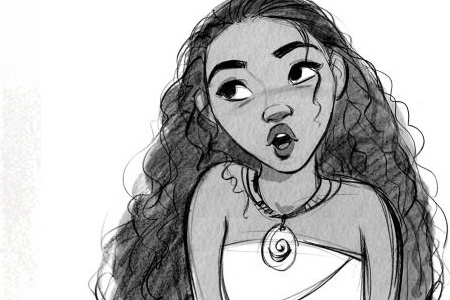
Helpful & Insightful
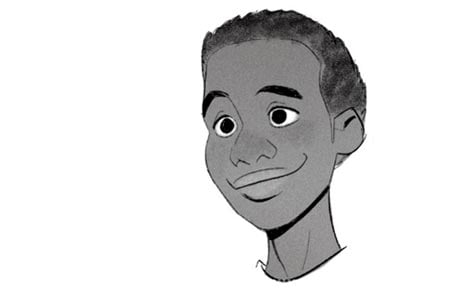


2D Animation Software
I liked the live demos and the examples of different animation principles. I also appreciated that Jay took the time to walk through how to use the different types of 2D animation software and made sure everyone was set to animate.
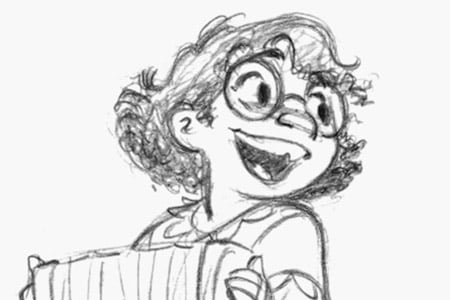


Fantastic Mentor
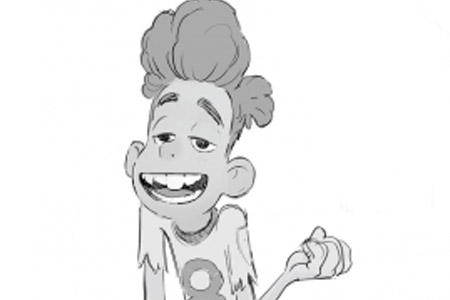


Good Challenge
The progression from assignment to assignment flowed well providing a good challenge to learn, but not so hard that it is impossible for a beginner.
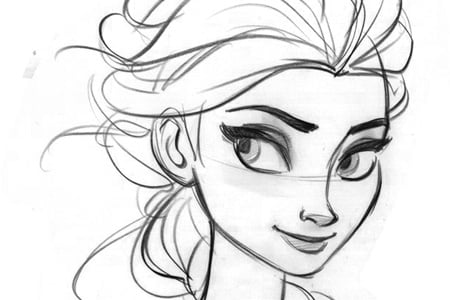


Thorough and Professional
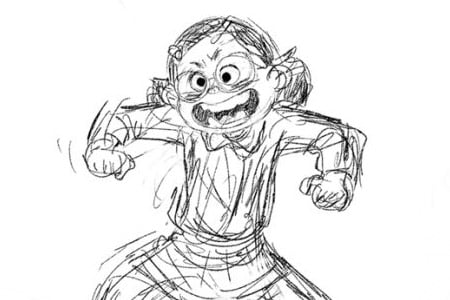


Studying Under a Master



Helpful & Insightful



2D Animation Software
I liked the live demos and the examples of different animation principles. I also appreciated that Jay took the time to walk through how to use the different types of 2D animation software and made sure everyone was set to animate.



Fantastic Mentor



Good Challenge
The progression from assignment to assignment flowed well providing a good challenge to learn, but not so hard that it is impossible for a beginner.



Thorough and Professional



Studying Under a Master
Related Courses
If you’re interested in 2D Animation, we think you’ll love these courses!
2D Animation:
Walk Cycles & Character Movement
6-Week Workshop
Animate exciting and believable character movement in 2D.
Visual Development:
Principles of Design
6-Week Workshop
Design appealing characters using shape language and color theory.
Story I: Storyboarding
Fundamentals
6-Week Workshop
Learn basic storyboarding techniques and skills.
Story II: Intermediate Storyboarding
6-Week Workshop
Build a story from scratch, including pitch, script, and animatic.
